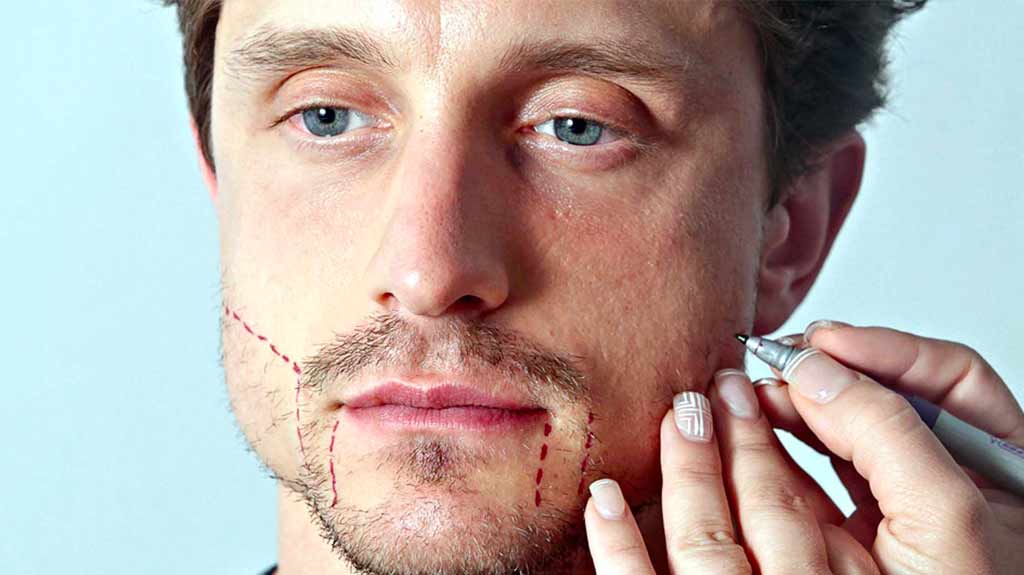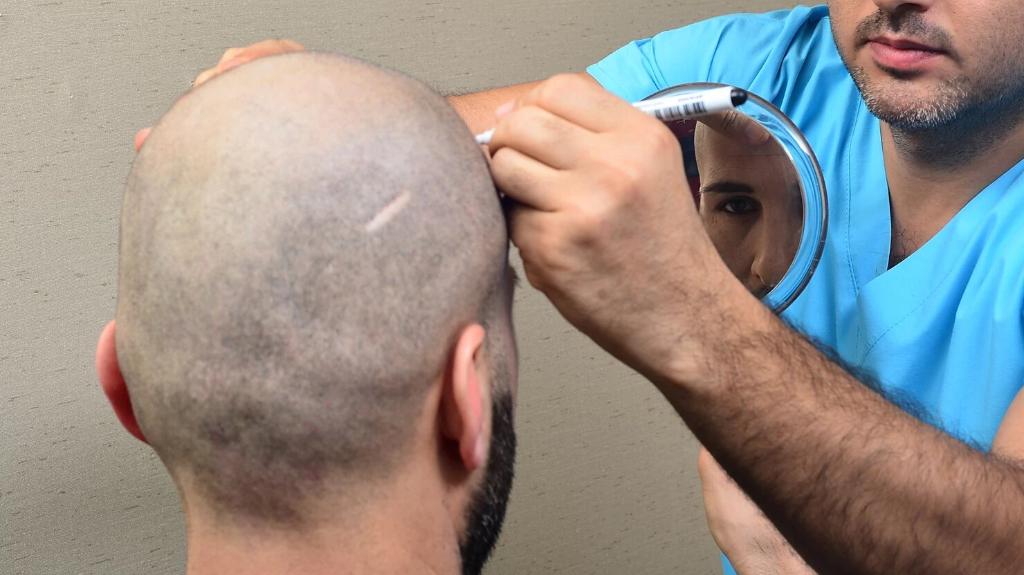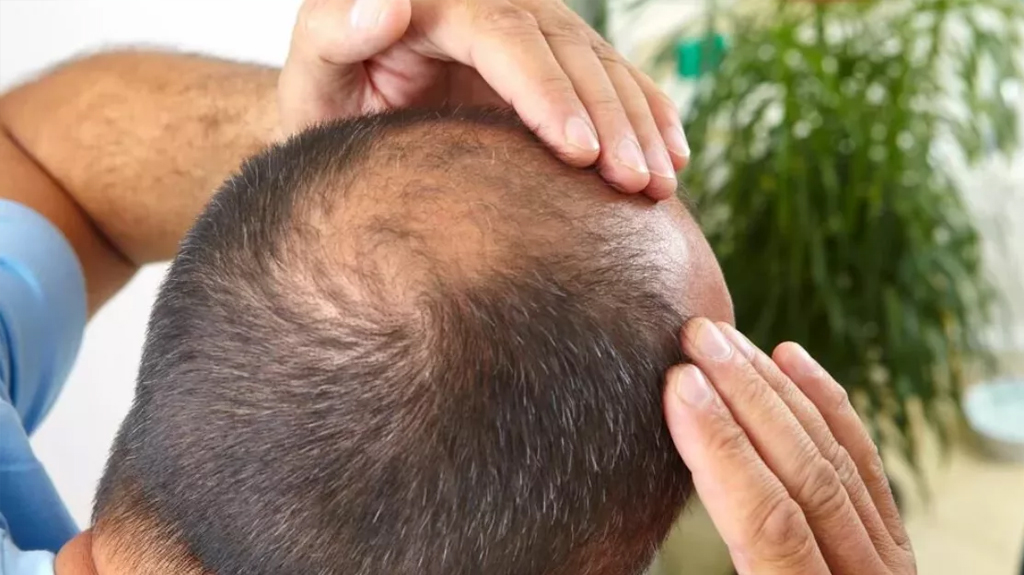Hair transplantation techniques are gradually increasing with the developing technology. In hair transplantation, where many techniques are used, treatment processes and costs show differences according to the treatment method. These treatment methods are applied in the same way in many parts of the world, but prices may vary due to the doctor’s salary, the quality of the equipment used, and the country’s conditions where the hair transplant clinic is located.
Many hair clinics in Turkey have become used to technologic medical equipment and compete with European doctors with available facilities. Since hair transplant prices in Istanbul are more affordable when compared to Europe and other countries, the number of foreign citizens who have hair transplantation in Istanbul continues to increase at a record level every year. You can discover the best hair transplant centers by doing a little research and choose the clinic that suits you best.
What Are Hair Transplant Methods?
The most preferred hair transplant methods can be listed as follows:
FUE Hair Transplantation: FUE hair transplantation, known as “Follicular Unit Extraction” hair transplantation technique, is one of the most preferred and modern hairs transplantation techniques. With this method, hair follicles taken from donor areas with solid hair follicles, such as the neck, are placed in the balding area. This method’s main treatment is to transfer the hair root to the balding area as a “graft”. This treatment, performed by applying local anesthesia, consists of a single session in a 6-8 hours process. If used correctly, the success rate is very high.
Percutaneous Hair Transplantation: Percutaneous hair transplantation technique is applied in very few hair transplant clinics worldwide because it is a costly method. In this method, circular-shaped channels are opened in the scalp with special needles. When the collected hair follicles are placed in these round channels, they do not move in any way, and the transplanted hair follicle maintains its position at the right angle. The hair follicles placed with this technique are not damaged thanks to the special needles used. The percutaneous hair transplantation method is generally applied in two séances.
DHI Hair Transplant: Hair transplantation, known as “Direct Hair Implant”, is one of the most commonly used hair transplant methods. Hair follicles collected from the donor area with hair transplant pens called “Choi” are transferred to the bald area with this device. Since this method does not require a haircut, it is preferred by men and women with long hair. If applied correctly, successful and natural results can be obtained.
Robotic Hair Transplantation: Robotic Hair Transplantation is a hair transplant method that has entered our lives in the last ten years. In this method, hair follicles are collected with unique robots, a product of advanced technology, and placed in the target area. The most significant difference of robotic hair transplantation is that mechanical, optical readers memorize the hair follicles, and the existing hair follicles are opened without damage. Although this method is applied with cost and high technology, it is not a preferred method because it has not yet been able to draw definite results.
Unshaved Hair Transplantation: In most of today’s hair transplant methods, the hair is shaved entirely before the treatment in order to get better results. With the unshaved hair transplantation method, the patient does not feel bad in society, and it is not clear that he has applied hair transplantation. In this way, they can continue their daily life with their normal flow after hair transplantation. Although this type of treatment, which lasts for 4-8 hours, is not suitable for every hair structure, it is not recommended to apply this technique without specialist doctors’ approval.
In this article, we examined the subject of the most preferred hair transplant methods. Reasons for Hair Loss, hair transplantation therapy in Turkey, and learning about the possibility of hair transplantation in Istanbul “Hair Loss Causes and Treatment” and you can access our article here.




